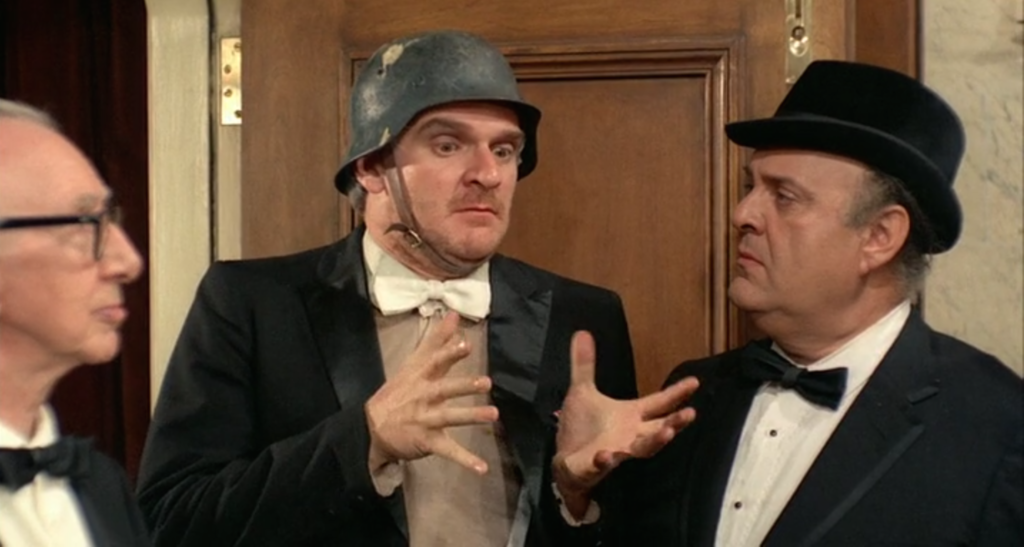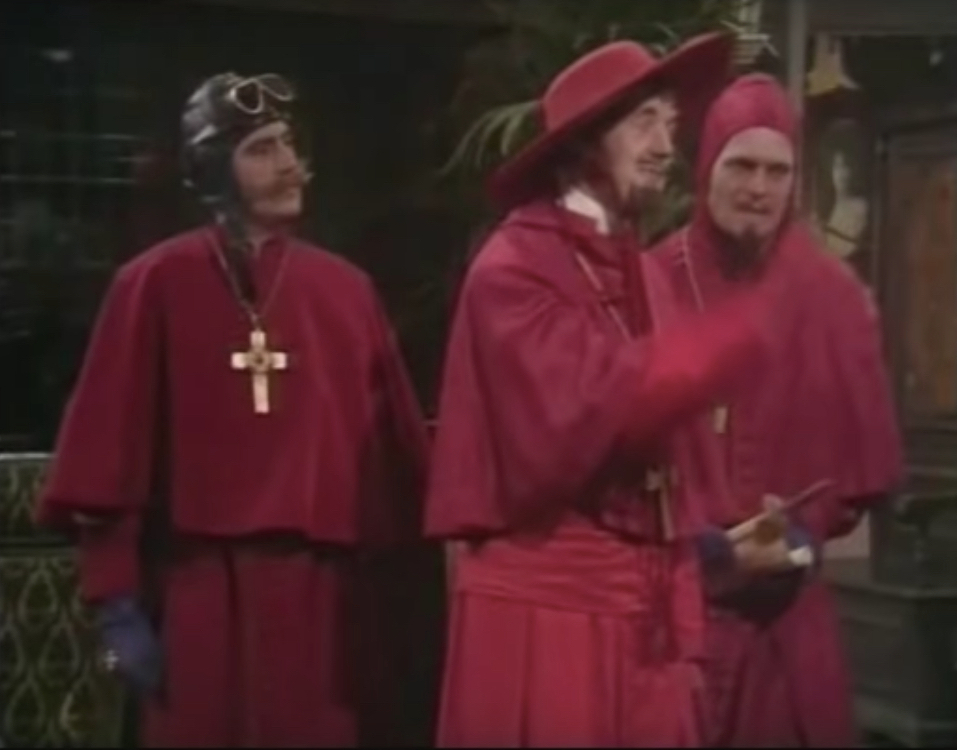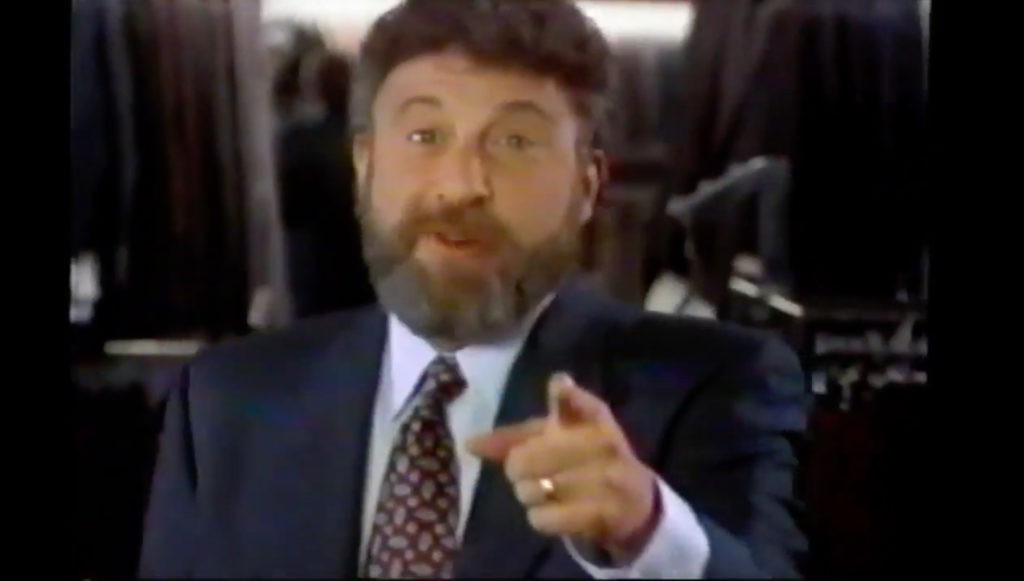“‘This young man did not deserve to die on a parking lot of Long John Silver’s on a Saturday night,’ Chris Bailey, Indianapolis Police deputy chief, said after the killing. ‘Those with information who are not sharing with us should be ashamed of themselves.'”
A couple of years ago, the national murder clearance rate dropped to its lowest level ever since the FBI started tracking the issue.
The clearance rate measures how many murder investigations ended with an arrest or with an identification of a suspect.
Nationwide, it’s around 60% right now.
In big cities, however, it’s much worse.
So for example, in Indianapolis, you’re more likely to get away with murder than not. And if you shoot somebody dead in Chicago, you’ve got roughly a 75% chance of never being caught.
So what’s behind this?
There are lots of possible explanations. But one big reason — at least according to police chiefs — seems to be a growing unwillingness to talk to the police, whether it’s out of fear or simply because of a no-snitching policy.
Which is pretty crazy if you think about it. People dislike or distrust the police enough to side with murderers.
And as usual, there’s a lesson here that you can apply to your own marketing.
It’s a powerful technique that you can use to get your market to side with you — even though you might be worse than a murderer (that is, a salesman).
This technique something I learned from copywriting legend Gary Bencivenga. In a nutshell, the technique is to create a common enemy. In Gary’s own words:
“Instead of the usual ‘I’m trying to sell you something,’ which sort of sets up immediately in the reader’s mind a you-versus-me mentality, I found a way to shift gears by saying, ‘it’s you and me against these other guys.’ And if you can create an enemy in your copy, that’s what happens. You set up a three-point discussion and you come around from your side of the desk to be on the reader’s side of the desk and then it’s you and the reader against the enemy that you’re railing against.”
Of course, you want to be careful when you pick your enemies.
And I would also add, you want to be intellectually honest.
In other words, pick on people (or ideas) because you genuinely disagree with them — not just because you are looking for a fight.
The good news is, if you start looking around your market, you’re very likely to find good candidates to turn into enemies. And when you identify them, you can start honing the perfect message to position yourself against them.
How do you hone that perfect message?
One way is to write daily emails to your list, and see what they respond to best. And if you want help with those emails, then you might like the following:




